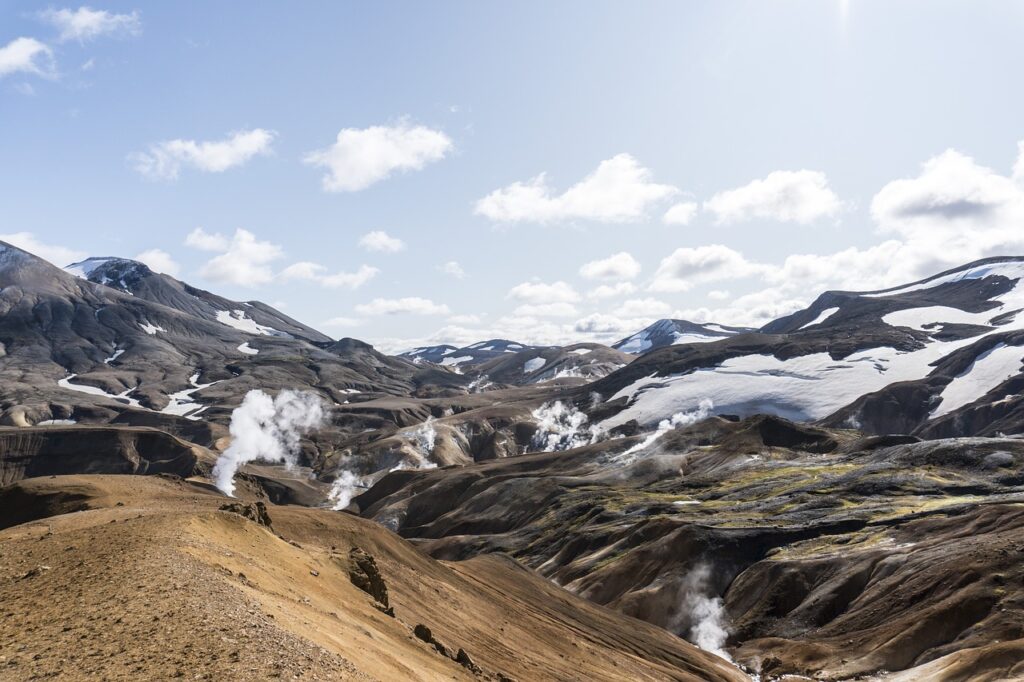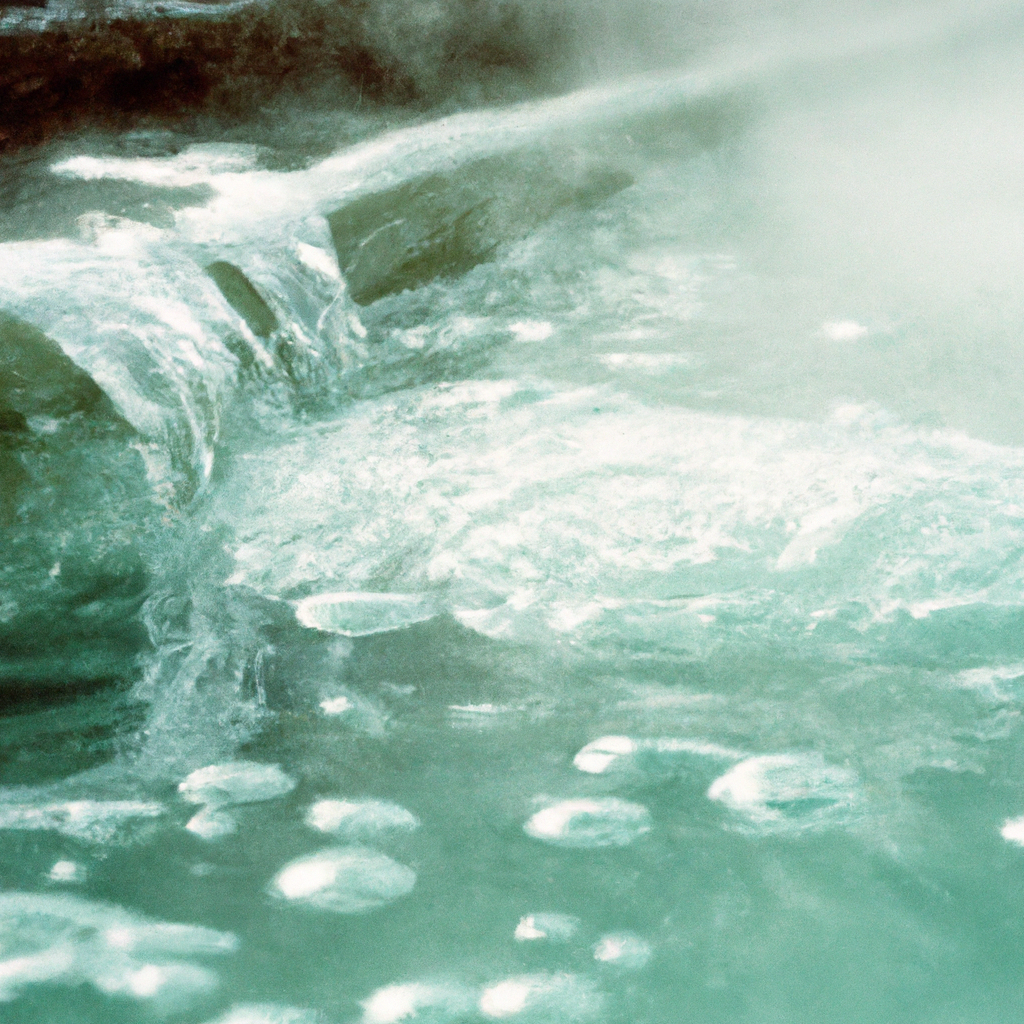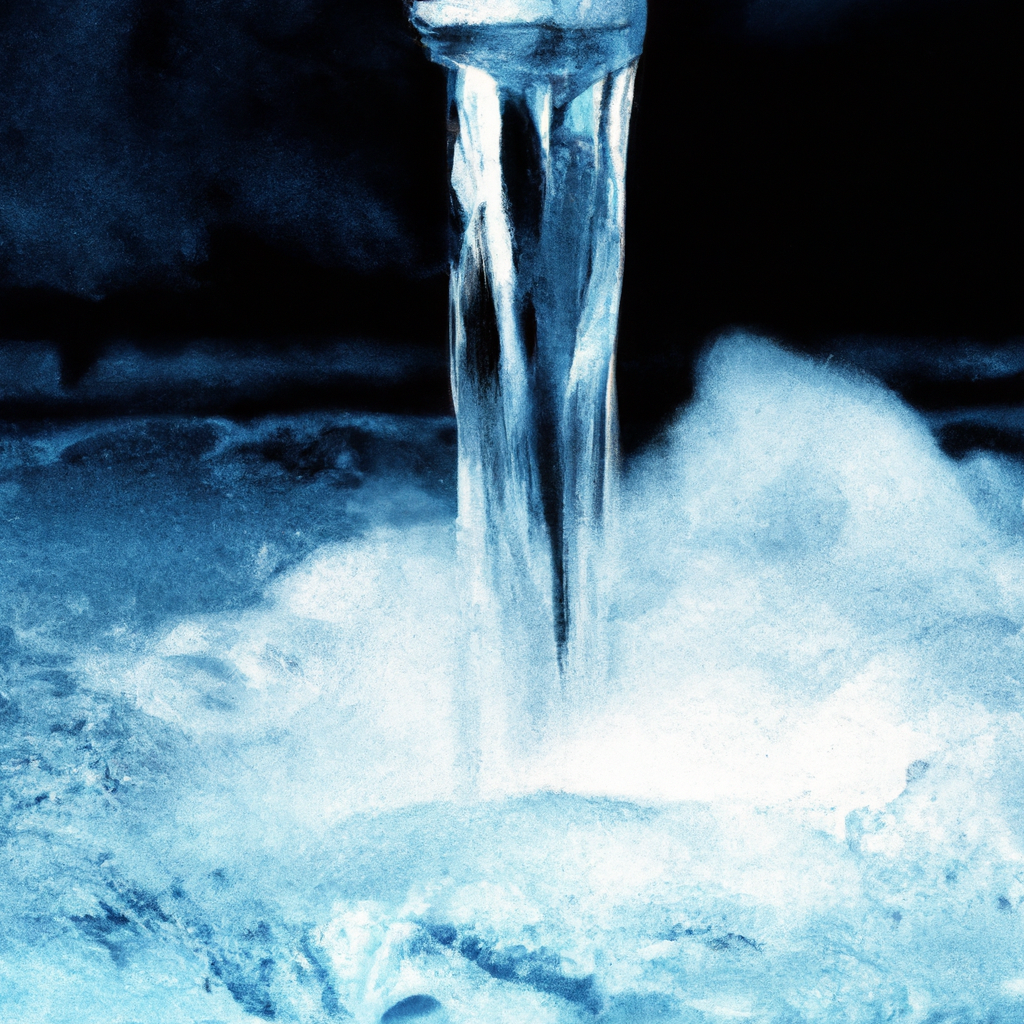Imagine yourself immersed in a natural hot spring, feeling the warm and rejuvenating water encompass your body. Surrounded by breathtaking landscapes, the healing power of nature invigorates your body and soul. But amidst this tranquil experience, a question might arise: can I drink the water from these hot springs in Colorado? This article explores the safety of indulging in the tempting idea of sipping from these natural wonders, shedding light on the potential risks and benefits that lie within.
1. Understanding Hot Springs
1.1 What are Hot Springs?
Hot springs are natural bodies of water that are heated geothermally, meaning they are warmed by the Earth’s internal heat. These springs can be found all over the world, and they have been cherished for centuries for their healing properties and relaxation benefits. In Colorado, hot springs are particularly popular due to the state’s abundant geothermal activity.
1.2 How are Hot Springs Formed?
Hot springs are formed when groundwater seeps through the Earth’s crust and comes into contact with hot rocks or magma chambers deep underground. As the water is heated, it rises back to the surface, creating a hot spring. The heat source for these springs can vary, ranging from volcanic activity to friction caused by tectonic plate movements.
1.3 The Popularity of Hot Springs in Colorado
Colorado is renowned for its picturesque landscapes and outdoor activities, and hot springs are a significant part of its attraction. The state is home to numerous hot springs, which draw both locals and tourists seeking a soothing and rejuvenating experience. From natural and undeveloped springs to luxurious spa resorts, Colorado offers a wide range of hot spring experiences to cater to every preference.
2. Composition of Hot Springs Water
2.1 Minerals and Elements in Hot Springs Water
Hot springs water contains a rich assortment of minerals and elements that are dissolved from the surrounding rocks during the underground heating process. These minerals can include calcium, magnesium, potassium, sodium, sulfate, and many others. The specific composition of the water varies depending on the geological characteristics of the area.
2.2 Effects of Mineral Content on Water Safety
While the minerals in hot springs water can contribute to its therapeutic properties, they can also impact its safety for consumption. High levels of certain minerals, such as arsenic or lead, can be harmful to human health. It is essential to understand the mineral content and its potential effects before considering drinking hot springs water. Proper regulation and monitoring of water quality play a crucial role in ensuring the safety of hot springs.

3. Health Benefits and Risks of Hot Springs
3.1 Therapeutic Uses of Hot Springs
Hot springs have long been recognized for their therapeutic benefits. The heat and minerals present in the water can help relax muscles, relieve pain, improve blood circulation, and promote overall well-being. Furthermore, the mineral content of hot springs water is believed to nourish the skin, making it appear healthier and more vibrant.
3.2 Potential Risks of Drinking Hot Springs Water
While hot springs water can offer various health benefits when used externally, there are potential risks associated with drinking it. The mineral content of the water can vary widely, and certain minerals in excessive amounts can have adverse effects on the body. Additionally, hot springs water may be contaminated with harmful bacteria or other pollutants, especially if it is not properly monitored and treated. Drinking hot springs water should be approached with caution and appropriate measures taken to ensure safety.
4. Regulations and Monitoring
4.1 Government Regulations on Drinking Water
To protect public health, government regulations are in place to monitor and regulate the quality of drinking water, including hot springs water. These regulations ensure that water sources, including hot springs, meet specific standards for safety and cleanliness. Compliance with these regulations is crucial for both public and private entities managing hot springs to ensure the well-being of visitors.
4.2 Monitoring Hot Springs Water Quality
Hot springs water quality should be closely monitored to identify potential contaminants and ensure its safety. Regular testing is necessary to assess the levels of minerals, bacteria, and other substances that may pose a risk to human health. Monitoring programs should be implemented to ensure proper treatment and maintenance of hot springs, minimizing potential health hazards.

5. Specific Hot Springs in Colorado
5.1 Sulphur Hot Springs
Sulphur hot springs are prevalent in Colorado and are known for their distinct odor caused by the sulfur compounds present in the water. The high concentration of sulfur is believed to have therapeutic effects on the skin and respiratory system. These hot springs are often sought after by individuals looking to alleviate skin conditions, such as eczema or psoriasis, and respiratory ailments like asthma.
5.2 Iron Hot Springs
Iron hot springs contain a significant amount of dissolved iron, giving the water a reddish-brown hue. Iron-rich water is believed to have benefits for those suffering from anemia, as iron is an essential mineral in the production of red blood cells. Additionally, iron hot springs are known for their potential skin-healing properties, making them a popular choice for individuals with dermatological conditions.
5.3 Lithium Hot Springs
Lithium hot springs are gaining attention for their potential mood-stabilizing effects. Lithium is a naturally occurring mineral known for its use in treating mood disorders such as depression and bipolar disorder. Bathing in lithium-rich hot springs is said to provide a calming and soothing experience, promoting relaxation and emotional well-being.
5.4 Other Hot Springs with Unique Mineral Content
Colorado is home to numerous other hot springs, each with its unique mineral composition. Some springs contain high levels of calcium, which can be beneficial for bone health. Others may have elevated levels of fluoride, which can support dental health. Exploring the wide variety of hot springs in Colorado allows you to tailor your hot spring experience to address specific health concerns or personal preferences.
6. The Safety of Drinking Hot Springs Water
6.1 Factors Affecting Water Safety
The safety of drinking hot springs water depends on several factors. These include the mineral composition, presence of potential contaminants, and the effectiveness of water treatment and monitoring processes. Understanding these factors is essential in assessing the safety of drinking hot springs water and taking appropriate precautions.
6.2 Potential Contaminants in Hot Springs Water
Hot springs water can be susceptible to contamination from various sources. Bacterial contamination, such as from fecal matter or other organic waste, can occur if precautions are not taken to prevent it. Chemical contaminants, such as heavy metals or pesticides, may also find their way into hot springs water through natural or human-induced processes. Regular testing and monitoring are crucial to detect and mitigate any potential contaminants.
6.3 Risk Factors and Precautions
Individuals with specific health conditions, such as weakened immune systems or allergies, may be at higher risk when consuming hot springs water. It is recommended that these individuals consult with their healthcare professionals before drinking hot springs water. Additionally, proper hygiene practices, such as avoiding ingestion of water while soaking in hot springs and ensuring good personal hygiene, can reduce the risk of potential infections or illnesses.

7. Tips for Drinking Hot Springs Water Safely
7.1 Consulting with a Medical Professional
Before consuming hot springs water, it is advisable to consult with a medical professional, especially if you have existing health concerns or are on medication. They can provide personalized guidance based on your specific circumstances and help you make an informed decision regarding drinking hot springs water.
7.2 Checking Local Recommendations
Local authorities or hot springs operators may provide recommendations or guidelines regarding the safety of drinking hot springs water in a specific area. These recommendations may be based on water quality testing, local regulations, or historical data. Checking and following these recommendations can help ensure your safety.
7.3 Assessing Water Quality and Temperature
When considering drinking hot springs water, it is essential to assess its quality and temperature. Monitoring programs, water testing, and information provided by hot springs operators can give you insights into the water’s mineral content and potential contaminants. Additionally, it is crucial to consider the water’s temperature, as extremely hot water can cause burns or other injuries if consumed.
7.4 Moderation and Hydration
If you choose to drink hot springs water, it is recommended to do so in moderation. Excessive consumption may lead to imbalances in your body’s mineral levels. Additionally, it is important to maintain overall hydration by drinking plain water, as hot springs water alone may not be sufficient for optimal hydration.
8. Alternative Uses for Hot Springs Water
8.1 External Uses for Hot Springs Water
Hot springs water can offer numerous benefits when used externally. Bathing in hot springs can relax muscles, relieve stress, and improve circulation. These waters are often used for soaking, swimming, or enjoying natural hot spring pools. The warmth and mineral-rich nature of the water create a rejuvenating experience for the body and mind.
8.2 Balneotherapy and Spa Treatments
Balneotherapy refers to the therapeutic use of mineral-rich water for various health conditions. Hot springs water is frequently utilized in spa treatments that aim to promote relaxation and improve overall well-being. Hydrotherapy, mud baths, and mineral wraps are just a few examples of the spa treatments that can utilize hot springs water to enhance their effectiveness.

9. Conclusion
In conclusion, hot springs in Colorado offer a unique and invigorating experience for those seeking relaxation and potential health benefits. The mineral-rich composition of hot springs water contributes to its therapeutic properties, but it also poses potential risks if not properly managed and monitored. Understanding the mineral content, water quality, and potential contaminants is crucial when deciding whether to drink hot springs water. Consulting with healthcare professionals, following local recommendations, and practicing good hygiene are essential steps to ensure the safety of drinking hot springs water. With proper precautions in place, hot springs can provide a rewarding and revitalizing experience for both mind and body.
